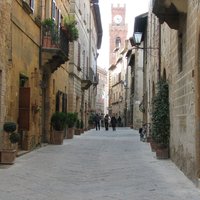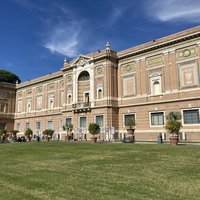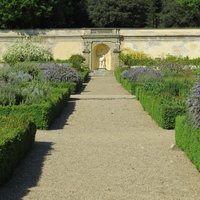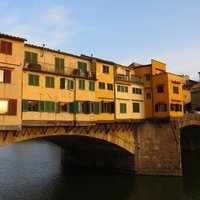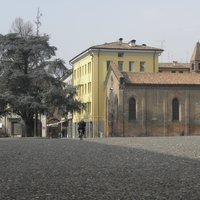Connected Sites
-
One of the most significant and best preserved examples of Italian garden (nom file)
-
Gardens of the Palazzo Piccolomini
-
-
Horti Leonini in San Quirico d'Orcia (Nomination file, p. 113)
-
extensive gardens in the French, Italian and English styles (AB ev)
-
-
-
The garden of the Palazzo Costabili is not the original one, as it is a reconstruction in the style of a typical Renaissance garden carried out in the 1930s.
See it.wikipedia.org


